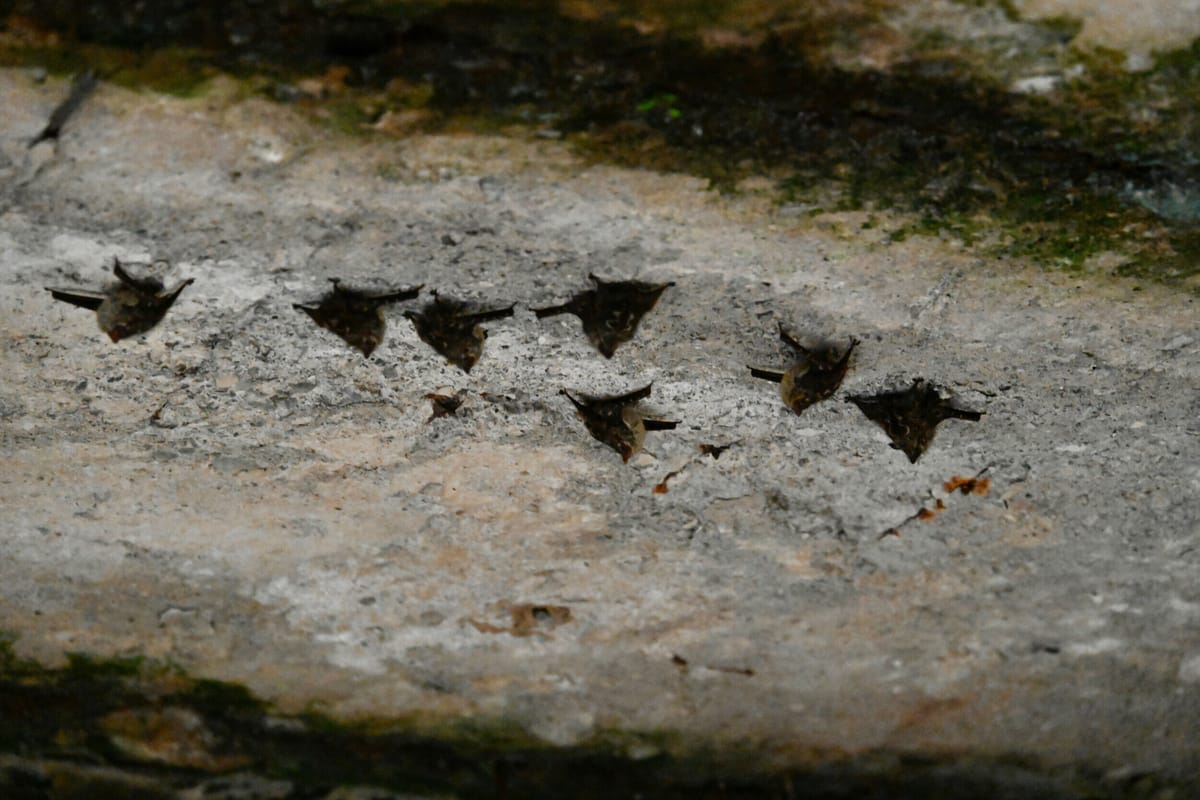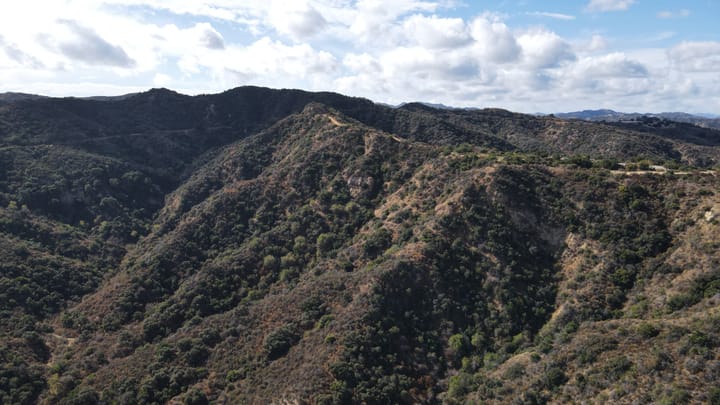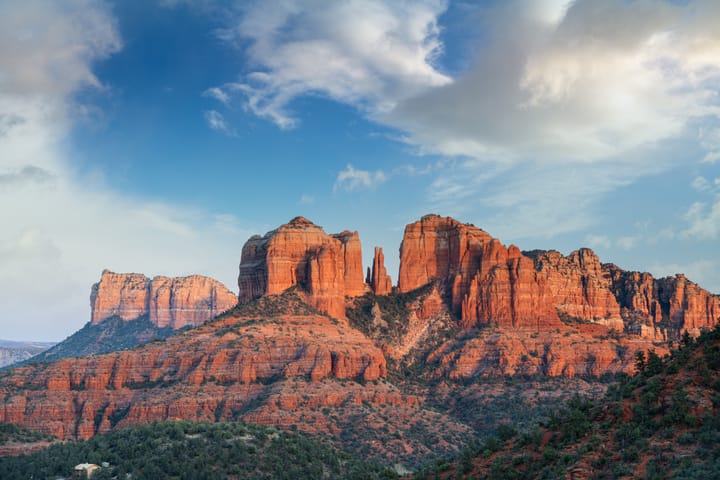Unveiling the Nightlife of Manuel Antonio National Park: A Bat's Sanctuary
Unveil the enchanting nightlife of Manuel Antonio National Park. This article explores the crucial role of bats in the ecosystem, wildlife photography tips, and guided tours that reveal the park's hidden wonders after dark.

Introduction
Nestled along the Pacific coast of Costa Rica, Manuel Antonio National Park is a beacon of biodiversity, renowned for its idyllic beaches, lush rainforests, and vibrant wildlife. As daylight fades and twilight embraces the landscape, a different set of inhabitants emerges, dominating the nocturnal ballet: the bats. These creatures, often shrouded in mystery, play a pivotal role in the ecosystem's balance. This article delves into the hidden world of bats within this ecological sanctuary, guided by the lens of a wildlife photographer's experience.
The Story Behind the Landscape
Manuel Antonio National Park's rugged cliffs and dense forests serve as a haven for its least visible yet vitally important residents: its bats. The park's unique topography provides the perfect backdrop for these nocturnal creatures, offering shelter and abundant food sources. This setting is not only a survival haven but also a natural stage where the daily spectacle of life and survival unfolds.
Ecological Impact of Bats
In Costa Rica, over 110 bat species play critical roles in insect control and seed dispersal. Manuel Antonio's bats are no exception; they act as natural pest controllers, significantly reducing insect populations, and as agents of reforestation, dispersing seeds throughout the park. This dual role underscores the bats' importance in maintaining ecological balance and promoting forest regeneration.
Cultural and Societal Connections
Historically, bats in Costa Rica have been entangled with myths and superstitions. However, a shift towards recognizing their essential role in ecosystem health has led to increased appreciation. Local communities, in particular, benefit from the bats' natural pest control abilities, which support agriculture and reduce the need for chemical pesticides, indirectly bolstering human health and economic well-being.
A Photographic Journey into the Night
Capturing the elusive movements of bats against the night sky poses significant challenges, requiring high ISO settings and precise timing. The use of a Nikon 24.0-200.0 mm lens at a focal length of 135mm illustrates the technical considerations necessary to photograph these creatures while minimizing disturbance, highlighting the intersection of art and science in wildlife photography.
Adventures After Dark: Exploring Manuel Antonio at Night
While Manuel Antonio is famed for its daytime wildlife sightings, the park offers a wholly different experience after dark. Guided night tours reveal the park's nocturnal wonders, providing visitors with the unique opportunity to observe bats and other nighttime residents in their natural habitats, enriching the travel experience with the thrill of discovery.
Conservation Efforts and Environmental Challenges
Despite not all bat species being endangered, they face significant threats from habitat destruction and climate change. Manuel Antonio's conservation efforts focus on protecting these creatures and their habitats, ensuring the park remains a refuge against the pressures of tourism and development.
Species Spotlight: Manuel Antonio's Bats
The park's diverse ecosystems support various bat species, each with unique behaviors and ecological niches. This diversity is crucial for the park's health, influencing everything from insect population control to seed dispersal patterns, showcasing the intricate web of life sustained by these nocturnal creatures.
Seasonal Behaviors and Ecological Dynamics
Bats in Manuel Antonio exhibit remarkable adaptability to seasonal changes, which influence food availability and weather conditions. Their resilience and behavioral flexibility are testament to the dynamic nature of tropical ecosystems and the critical role bats play within them.
Fostering Coexistence: Tourism and Wildlife Conservation
Balancing the needs of wildlife with the demands of tourism is a delicate task. Through regulated tours and educational initiatives, Manuel Antonio National Park strives to promote sustainable tourism practices that protect its nocturnal residents while offering visitors a glimpse into the fascinating world of bats.
Capturing the Essence: Photography Tips and Insights
Wildlife photography, particularly in low light conditions, demands a deep understanding of one's equipment and subject. Aspiring photographers are encouraged to practice patience, learn from the natural world, and always approach wildlife with respect, ensuring that their presence does not disrupt the delicate balance of nature.
Concluding Reflections
The silent flight of bats against the backdrop of Manuel Antonio's landscapes serves as a powerful reminder of nature's intricacies and the importance of conservation. This journey into the night is not just a pursuit of photographic excellence but a call to action to protect and preserve the natural world for future generations.
FAQs
What species of bats can be found in Manuel Antonio National Park?
Manuel Antonio is home to a variety of bat species, including the Common Tent-making Bat, the Spectral Bat, and the Honduran White Bat, among others.
How do bats contribute to the ecosystem in Manuel Antonio?
Bats play crucial roles in pest control and seed dispersal, aiding in forest regeneration and maintaining ecological balance.
Are there any guided night tours available in the park to see bats?
Yes, Manuel Antonio offers guided night tours that allow visitors to observe bats and other nocturnal wildlife in their natural habitat.
What photography equipment is recommended for capturing wildlife at night?
A camera capable of high ISO settings, a fast lens (f/2.8 or wider), and a good flash or light source are recommended for night wildlife photography.
How can tourists support bat conservation efforts in Costa Rica?
Tourists can support conservation by participating in educational tours, respecting wildlife habitats, and supporting local conservation organizations.
What are the main threats to bats in Manuel Antonio National Park?
Habitat destruction, climate change, and disturbance from tourism are significant threats to the bat populations in the park.
How does Manuel Antonio National Park facilitate the coexistence of tourism and wildlife conservation?
The park employs strict regulations, educational programs, and guided tours to minimize human impact on wildlife while promoting conservation awareness.




Comments ()